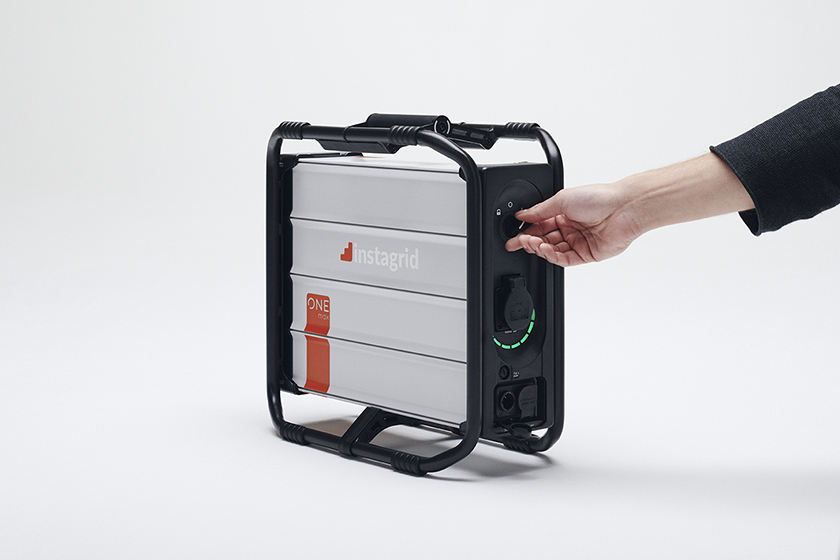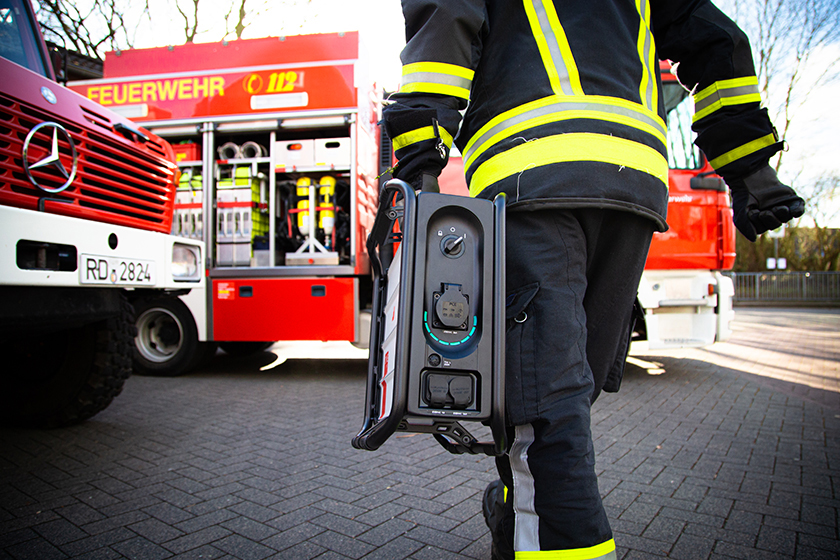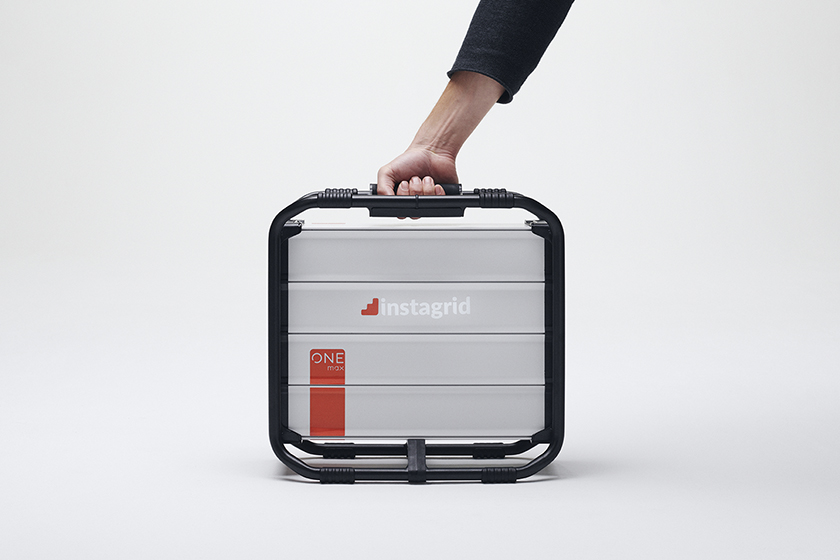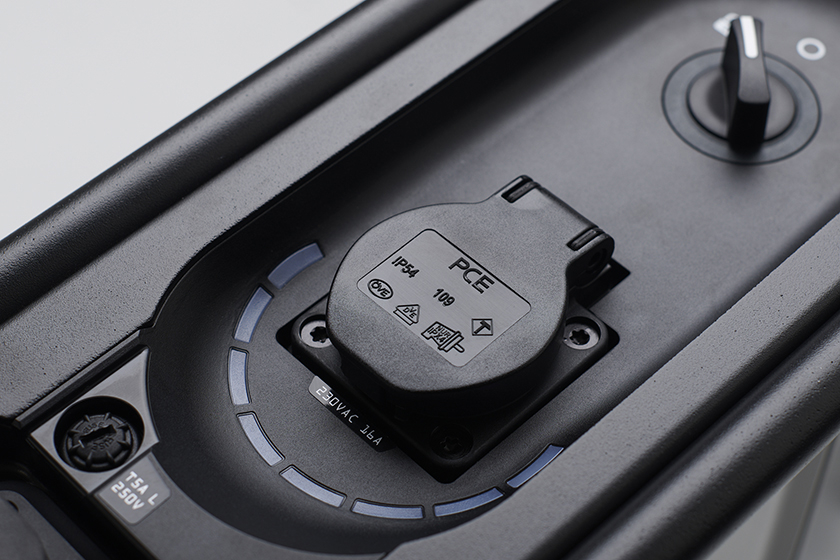INSTAGRID
The company was founded in Ludwigsburg in 2018 by Andreas Sedlmayr and Sebastian Berning. Around 110 employees from about 19 countries currently work at its locations in Germany, France, Finland and the United Kingdom. The focus is on the development of innovative storage battery systems for mobile applications.

www.instagrid.co/de
.

www.instagrid.co/de
.






